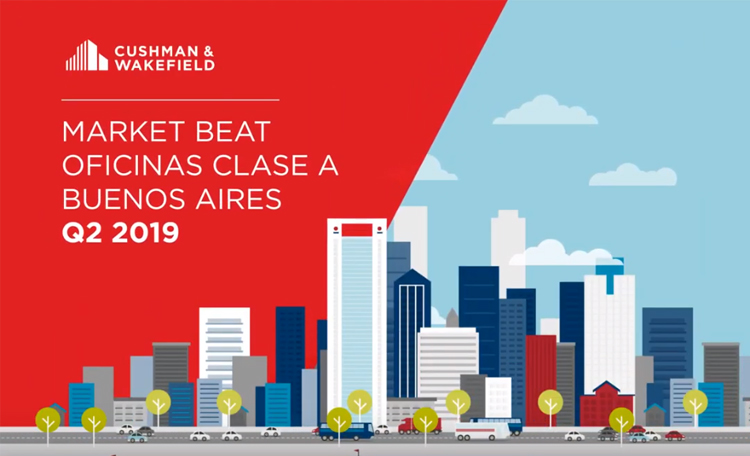Is location the key? Is design what attracts them the most? Is comfort non-negotiable? The best offices are those that successfully combine these features with work styles that align with current times.
Companies that align their spaces with the expectations and needs of their employees will gain a competitive edge, strengthening both their employer brand and organizational culture.
The best office is the one that gets used
We’ve all seen the news. Amazon is aiming to set the trend: the company has decided that all its employees will return to full in-person work by 2025. Many multinational companies are already paying attention to this emerging shift in the paradigm. Locally, this is also a topic on the agenda, and more people are returning to full-time in-office work. For companies choosing this path, the challenge will be balancing in-person attendance with flexibility in schedules and work dynamics, while adapting their spaces to be both functional and appealing. This means designing offices in easily accessible buildings and creating pleasant environments that foster collaboration, well-being, and productivity.
Location remains a key factor in defining a competitive employer brand. However, as employees increasingly prioritize work-life balance, the concept of being well-located goes beyond easy access—it becomes a strategic asset.
“
Companies can maximize the value of their offices by selecting accessible locations in areas that offer quality services, while also implementing flexible scheduling policies and internal organization systems to manage and monitor occupancy, ensuring the space is well-managed. This fosters collaboration between different areas of the same company and generates interdisciplinary interaction that can only be achieved in person", says Rosana Schenone, Business Developer Manager at Cushman & Wakefield Argentina.
In a hyperconnected world that offers enticing opportunities for those who can sell their services abroad without early mornings or leaving home, it’s crucial that distance to work is not a barrier. Even the most comfortable, sustainable, and smart offices lose their magic when they’re empty.
The arrival of wellness
The demand for a pleasant work environment and employees' interest in work-life balance indicate that companies need to invest in designs that embody these values. Well-lit offices with areas for focus and relaxation spaces are increasingly valued elements that not only benefit the team but also strengthen the company’s image.
“In a market where key talent seeks flexibility and development opportunities, offices can serve as spaces for exchange that reflect the culture and objectives of organizations, showcasing through their infrastructure a commitment to their employees and a focus on innovation," adds Ana Laura Rodriguez Lamaison, Regional HR Coordinator at Cushman & Wakefield.
Real estate strategies for an evolving environment
What better strategy to make employees eager to work at your company than giving them what they want? Does it sound basic? It’s not. Those who design spaces that integrate strategic location, flexibility, and well-being to meet today’s expectations will build focused and collaborative teams.
At Cushman & Wakefield, we support companies in their adaptation process, ensuring that every square meter becomes an investment in corporate culture and brand reputation, and guaranteeing that the workplace is the most valuable asset—both for daily operations and the future.


